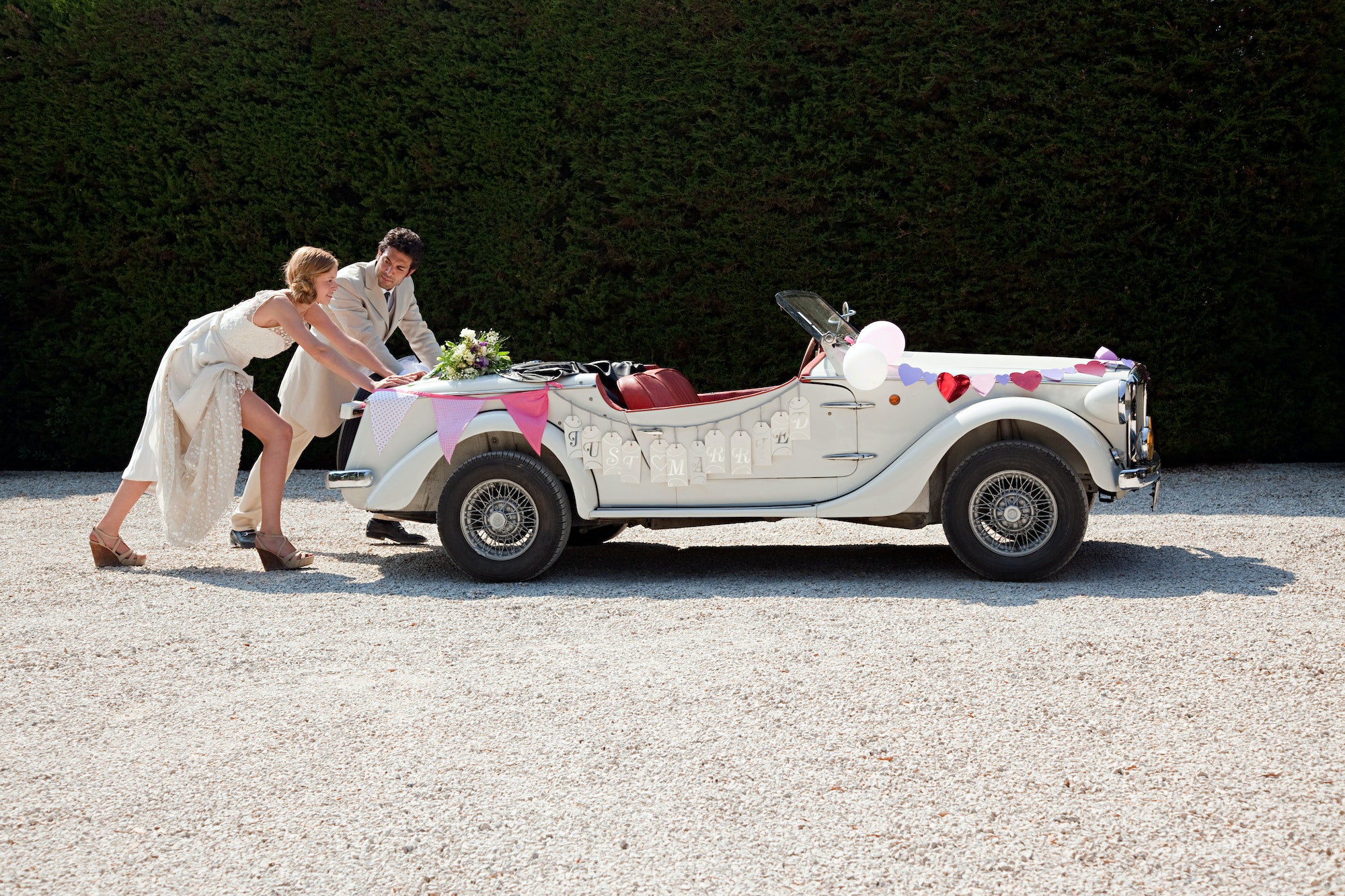
How to divide the car when divorcing?
Are you getting divorced? Do you and your husband own a car? How do you share the car in a divorce? Can you use the car? What can you do to settle the car’s fate?
The 4 solutions for sharing a car in a divorce?
Solution 1: Sell the car and split the proceeds
You can agree to sell the car you own jointly, and then divide the money from the sale between you.
If you wish to proceed in this way, we advise you to sell the car and divide the money verbally before divorcing. This way, you won’t have to pay the 2.5% tax on the value of the shared assets.
Solution 2: You keep the car and pay a balance
You can also decide in your sharing agreement that the car will be allocated either to you or to your spouse.
However, if there is an imbalance in the value of the total assets allocated to each spouse, the spouse who receives the asset will have to pay the other spouse a balance, i.e. a sum of money corresponding to the imbalance.
By paying a balance to your spouse, you are in fact buying your spouse’s rights to the property. The purpose of paying a balance is to compensate for the inequality in kind of the lots and to re-establish equality in value between the spouses.
Don’t forget to change the vehicle registration document at your local prefecture or sub-prefecture.
How to reach an agreement on the price and value of the property?
The person receiving the car wants the lowest possible price, while the person who will receive the balance wants the highest.
If you agree to award the car but disagree on the value of the property, what should you do? Talk to your lawyer, who will encourage you to set a reasonable price that reflects the market price. Alternatively, you can have an expert appraisal carried out, for which you will have to pay. We advise you to reach an agreement.
Solution 3: You use the car under an undivided ownership agreement
It is possible to put the car into an undivided ownership agreement to use or sell the property under the best possible conditions. The joint-ownership agreement must specify :
- Who has use of the property?
- Is it free or for valuable consideration?
- What is the amount if any of the compensation?
- Who pays maintenance costs?
- What property is included in the joint-ownership agreement (the car, the house, etc.)?
- Determine the undivided co-ownership shares;
- Determine the duration of the agreement
- Consider the fate of the car at the end of the agreement;
- Consider what will happen to the agreement in the event of death.
You and your ex-spouse continue to own the car, but in undivided ownership. This situation should be temporary, before the car is allocated or sold.
Solution 4: Everyone wants the car, but no one can agree on what to do? Carry out a judicial partition
If you are unable to agree on the liquidation or distribution of the assets, including the car, you will need to carry out a judicial partition.
You can ask the judge, either individually or jointly with your spouse, to proceed with the partition. The judge then appoints a notary to carry out the division and appoints a judge to supervise the operations. If there is a difference in value, the spouse who receives the most in value will have to pay a balance to the other.
If you do not agree on the composition of the lots, the division is made by drawing lots.
- Either the draw is viable
A viable draw means that the resulting balancing payment can be settled by the spouse who is awarded the car, in which case a deed of amicable division of the car must be drawn up.
- Or the draw is not viable
The drawing of lots is not viable because the spouse who has to pay the balance is unable to settle it. In this case, division in kind is not feasible, and the undivided property must be sold by auction (i.e. the property sold and the sale price divided between the parties).
Drawing lots is not viable, as the spouse refuses irrationally, just to inconvenience his or her former partner. The notary then draws up a deed of partition on the basis of the minutes drawn up following the drawing of lots. This deed is drawn up under the suspensive condition that it is approved by the family court judge. You refer the matter to the judge for approval.
Are you getting divorced? Do you own a car with your husband? You can use AGN Avocats’ online divorce procedure! If you’re having trouble with the division of your assets, contact an AGN Avocats network lawyer in your area. He or she will advise you and get your assets divided as quickly as possible.






